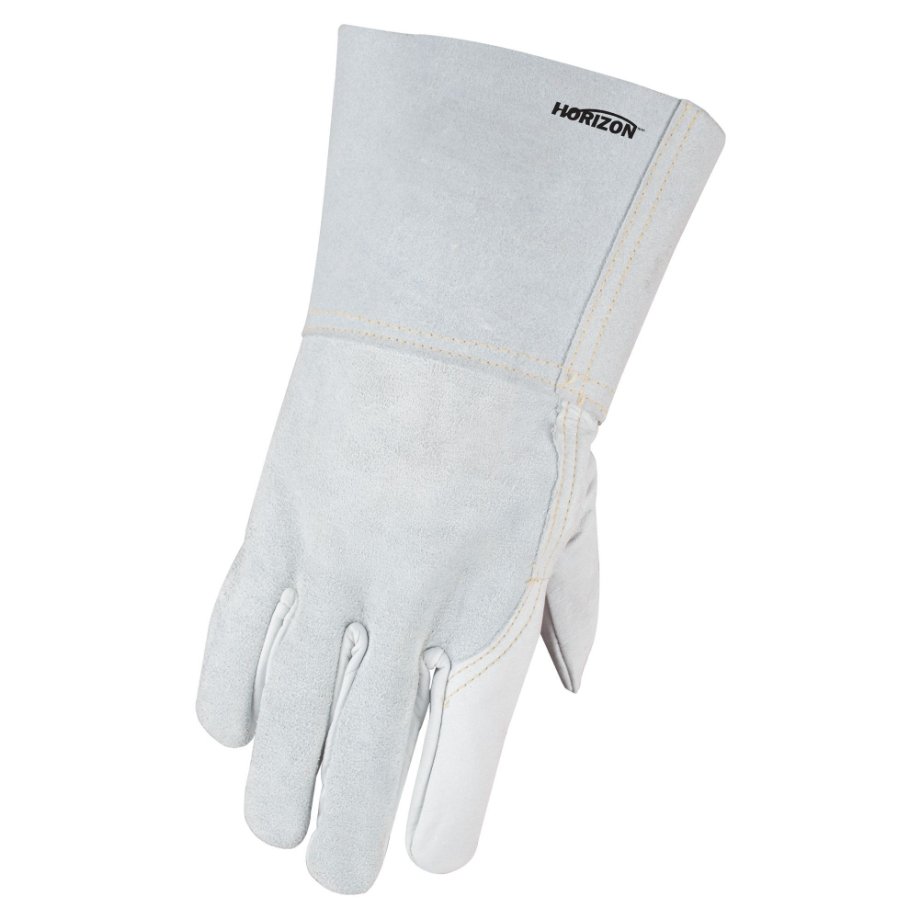Working gloves are a crucial component of personal protective equipment, and adhering to safety standards is paramount to ensure their effectiveness. Understanding the standards that govern working gloves helps you make informed decisions, prioritize safety, and comply with industry regulations. In this guide, we delve into the essential aspects of safety standards for working gloves, empowering you to navigate the diverse landscape of glove specifications and make choices that align with the highest safety standards.
1. Identify Applicable Standards for Your Industry:
Different industries have specific safety standards for working gloves. Identify the standards that apply to your industry, as they are tailored to the unique hazards and requirements of each sector. Common standards include those set by organizations such as ANSI (American National Standards Institute) and EN (European Norm).
2. ANSI/ISEA 105-2016 Standard for Cut Resistance:
The ANSI/ISEA 105-2016 standard provides a numeric scale indicating the level of cut resistance offered by gloves. Understanding this scale helps you choose gloves that align with the cut protection required for your tasks. The scale ranges from A1 to A9, with higher values indicating greater cut resistance.
3. EN 388 Standard for Mechanical Risks:
The EN 388 standard, widely used in Europe, assesses gloves for mechanical risks such as abrasion, cut, tear, and puncture resistance. The standard uses a four-digit code to represent the performance of the glove in each category. Familiarizing yourself with this code helps in selecting gloves that meet the specific needs of your work environment.
4. Chemical Resistance Standards:
When dealing with hazardous substances, it's crucial to choose gloves that meet the required chemical resistance standards. Different gloves are tested for resistance to specific chemicals, and standards such as EN 374 provide a framework for evaluating their performance against permeation and degradation by various chemicals.
5. ANSI/ISEA 138-2019 Standard for Impact Resistance:
For tasks involving impact hazards, the ANSI/ISEA 138-2019 standard provides a method for assessing the impact resistance of gloves. The standard introduces a new impact protection rating, ranging from 1 to 3, helping users select gloves that offer the appropriate level of protection against impacts.
6. NFPA 70E for Electrical Safety:
For those working with electrical hazards, the NFPA 70E standard outlines safety requirements, including those related to personal protective equipment such as gloves. Ensure that gloves used for electrical work comply with these standards to mitigate the risks associated with electrical shock and arc flash incidents.
Conclusion:
Understanding safety standards for working gloves is essential for creating a safe and compliant work environment. Whether you need gloves for cut resistance, mechanical protection, chemical resistance, impact resistance, or electrical safety, familiarizing yourself with the relevant standards empowers you to make informed choices that prioritize safety and adhere to industry regulations.
Ready to choose gloves that meet the highest safety standards? Explore our range of working gloves designed to comply with industry-specific standards. Prioritize safety – shop our collection now at glovemaster.ca!
For personalized recommendations and expert advice on selecting gloves that align with safety standards for your industry, contact our team. We're here to help you navigate the world of working glove standards.



